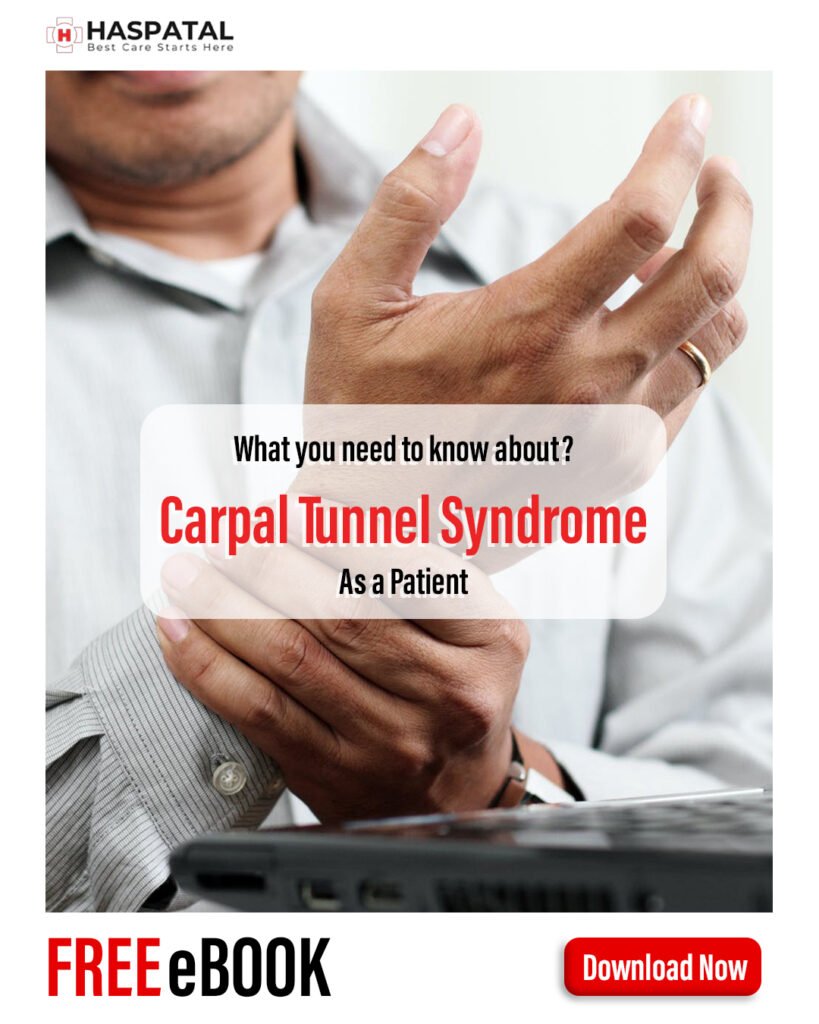How carpal tunnel syndrome can affect your health?
Carpal tunnel syndrome
Carpal tunnel syndrome is one of the most common problems affecting the hands. People with this condition may experience pain, numbness, and general weakness in the hands and wrists. Lifestyle changes, such as wrist splints and environmental changes, are possible treatments. Surgery is another option for carpal tunnel.
Symptoms
Symptoms of carpal tunnel are:
- Burning, tingling, or itching sensation, numbness in the palm and thumb, or index and middle fingers
- My hands are weak and it’s hard to hold things
- Feel like a shock in your fingers
- A tingling in my arms
You may first notice that your fingers “fall asleep” and become numb at night. This is usually caused by the way you hold your hand while you sleep. When you wake up in the morning, your hands may become numb, tingling, and even extend up to your shoulders. During the day, symptoms may worsen when you hold something with bent wrists, such as when driving or reading a book.
Treatment
Carpal tunnel syndrome can be treated in two ways: non-surgical or surgical. There are advantages and disadvantages to both approaches. Non-surgical treatment is generally used in less severe cases and allows daily activities to continue without interruption. Surgical treatment can be helpful in more serious cases and can have very positive consequences.
Non-surgical treatment
Non-surgical treatment is usually tried first. Treatment begins with:
- Wear a wrist brace at night.
- I take nonsteroidal anti-inflammatory drugs like ibuprofen.
- Cortisone injection.
Other treatments focus on how to change the environment to relieve symptoms. This is common in the workplace where modifications can be made to help the carpal tunnel. These changes may include:
- Raise and lower the chair.
- Move your computer keyboard.
- Change the position of the hand/wrist during the activity.
- Use sprints, exercises, and heat treatments recommended by the hand therapist.
Surgical Treatment
Surgery is recommended if carpal tunnel syndrome does not respond to non-surgical treatment or is already severe. The purpose of surgery is to increase the size of the tunnel to reduce the pressure on the nerves and tendons that pass through space.
If you have surgery, you can expect:
- Get outpatient treatment when you are awake but receive local anesthesia (analgesia). In some cases, your doctor may suggest IV anesthesia (directly into a vein). This option allows you to take a short nap and wake up after the procedure is complete.
- Remove the stitches 10-14 days after surgery. Hand and wrist use for daily activities gradually recovers using a specific exercise program.
- The affected hand is unable to perform heavy activities for about 4-6 weeks. Recovery time may vary depending on age, general health, the severity of carpal tunnel syndrome, and duration of symptoms.
Carpal tunnel syndrome is a compression of the median nerve in the wrist, which can cause pain and numbness in the hand. Certain hand exercises can help relieve pressure on the median nerve and alleviate symptoms. You can read more about it on Medical News Today.
Download Haspatal online consultation app and get the best treatment online via video consultation with online doctors and get other services too.

